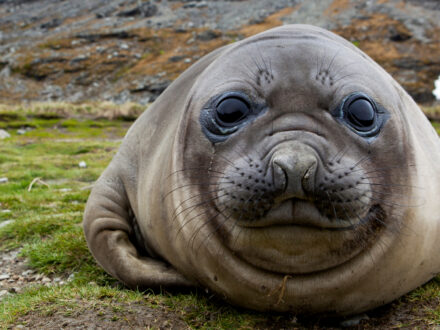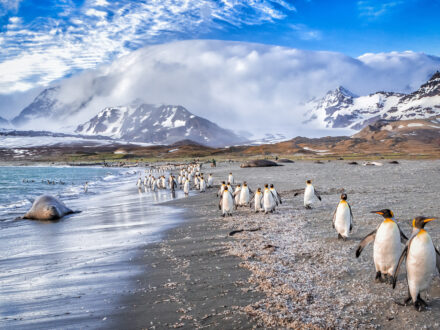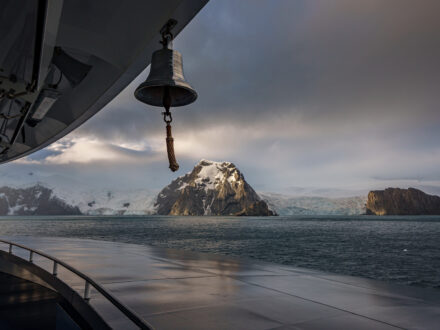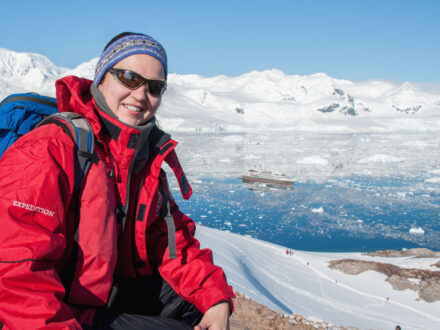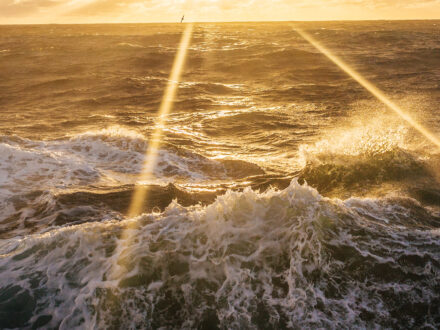Antarctica Activities: Top 15 Things To Do In Antarctica
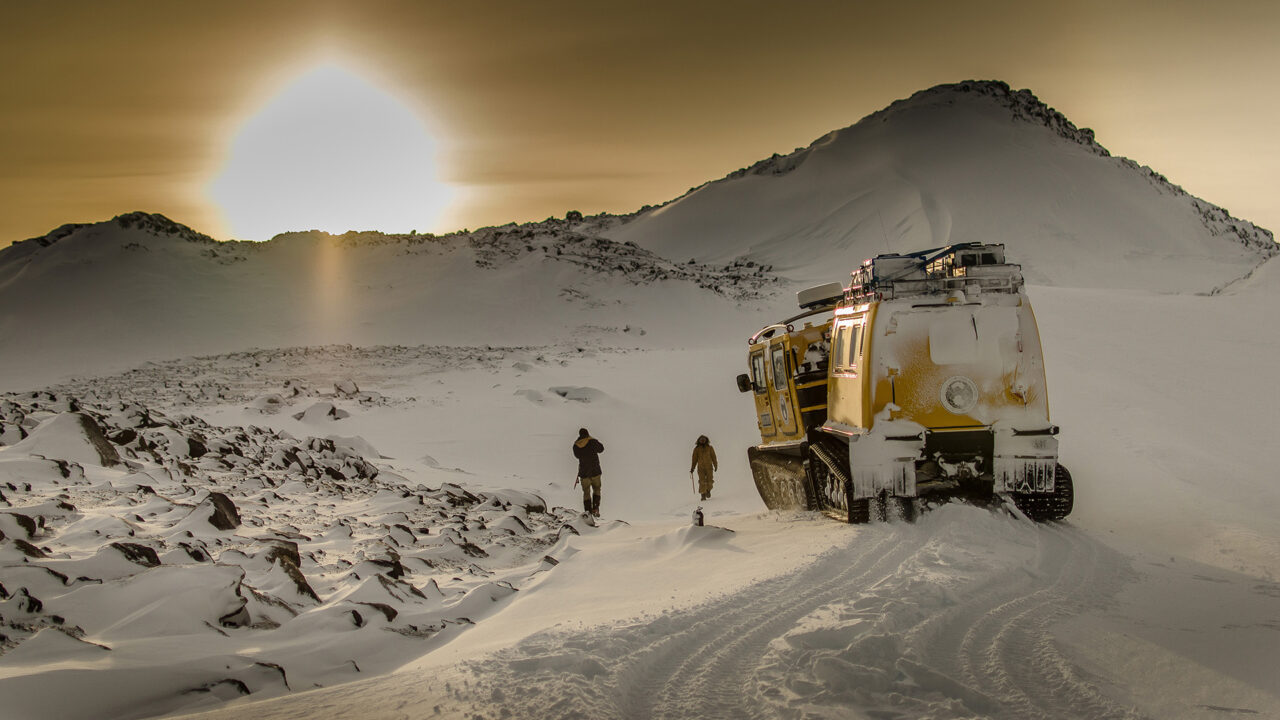
- Top 15 Antarctica Activities
- 1. Wildlife-Watching
- 2. Kayaking & Standup Paddleboarding
- 3. Scuba Diving, Snorkeling & Submersible
- 4. Sightseeing & Photography
- 5. Visiting a Research Station
- 6. Trekking on the Ice
- 7. Camping in the Snow
- 8. Braving a Polar Plunge
- 9. Helicopter Touring
- 10. Crossing the Antarctic Circle
- 11. Visiting the South Pole
- 12. Volcano Viewing
- 13. Citizen Science
- 14. Mountaineering
- 15. Stargazing
- Minting Lifelong Memories on the White Continent
The White Continent is definitely bucket-list territory for many travelers. The opportunity to see firsthand the most pristine and remote continent in the world—and all of the associated polar wildlife and scenery—is a priceless one.
This vast wilderness offers a lot in the sightseeing and recreational departments, needless to say. The following rounds up more than a dozen of the very best things to do in Antarctica, from penguin- and whale-watching to gritting up for the “polar plunge.”
Top 15 Antarctica Activities
1. Wildlife-Watching
While the high, frigid wastes of the Antarctic Polar Plateau are inhospitable to most forms of life, the White Continent’s coastline and islands seasonally teem with animals, offering an utterly world-class wildlife-watching spectacle. Polar safaris show off multiple species of penguins and ice seals, plus enormous southern elephant seals, hunting squads of orcas, spouting humpbacks and other baleen giants, and bevies of seabirds, including albatrosses and skuas.
The variety and concentration of wildlife alone—and the chance to see Southern Ocean and Antarctic specialties such as leopard seals and emperor penguins—place Antarctica (and the Antarctic and sub-Antarctic islands often included in cruise itineraries) on the shortlist of the world’s great ecotourism destinations.
Whale watching from a zodiac
2. Kayaking & Standup Paddleboarding
Dazzling as the penguin-thronged beaches and grand icebergs are from an expedition ship or Zodiac, they can be experienced even more intimately by paddle power! The often calm, glass, ice- and cliff-edged waters along the Antarctic Peninsula coast are a joy to weave along in a kayak. While it may come as a surprise, you can very much engage in stand-up paddleboarding in Antarctica as well: a one-of-a-kind paddlesports experience, it goes without saying!
Kayaking the clear icy waters
3. Scuba Diving, Snorkeling & Submersible
Getting below the water in Antarctica, whether off a cobble beach or from a Zodiac, immerses you in a polar dreamscape. Experienced scuba divers can marvel at the unbelievable bulk and sculptural beauty of icebergs’ submerged bases while keeping an eye peeled for seals and penguins shooting by in flurries of bubbles—maybe even glimpsing a humpback or other passing leviathan. In the South Shetlands, meanwhile, Deception Island provides the opportunity to dive within the flooded caldera of a still-active Antarctic volcano.
If you’re not an advanced diver, you can still get a taste for underwater Antarctica via snorkeling—snugged up, of course, in a drysuit, booties, and mittens—or even via submersible available on select, state-of-the-art polar vessels.
Snorkelling with your cruise team
4. Sightseeing & Photography
From toothy mountain peaks mostly encased by glaciers to monumental icebergs and the blue-white fortresses of soaring ice shelves, Antarctica’s scenery is in a class of its own. Indeed, even if there wasn’t such a big-time wildlife draw down here at the bottom of the world, the astonishing landscapes—and the ice-scapes and the seascapes—would be reason enough to journey to the greatest of all terrestrial wildernesses on Planet Earth.
Mountains, glaciers, icebergs, and pristine blue seawater paint spectacular tapestries at such Antarctic Peninsula sites as the Lemaire Channel and Crystal Sound, while those sailing or flying deeper into the White Continent can marvel at the Ross Ice Shelf, McMurdo Dry Valleys, and other stunning landmarks fringing the legendary Ross Sea.
Landscape photographers go gaga for the Antarctic, with special seasonal attractions throughout the main tourism window of November through March. The early and late periods feature spectacular, low-angle morning and evening light, while high summer serves up almost continuous sunshine for long days of shooting.
Naturally, the potential to nab National Geographic-worthy shots of Adélie penguin chicks, spouting humpbacks, or gaping leopard seals is another strong attraction for amateur and professional shutterbugs alike.
Photography excursion with an expert
5. Visiting a Research Station
It’s a treat to visit an Antarctic research station such as McMurdo, Vernadsky, or Port Lockroy, where scientists and other staff brave the elements—including, for relatively few hardy souls, that dark polar winter—while researching everything from krill, penguins, and polar-desert microbes to volcanism, ice-sheet movement, and prehistoric climates (as deciphered through ancient ice cores).
Polar research dive camp
6. Trekking on the Ice
Landings on the White Continent fire the spirit of adventure in any traveler. Hiking along wild cobble beaches with the ringing of seabirds and bellowing pinnipeds in your ear, striking off across pure-white snowscapes on skis or snowshoes, stepping off a Zodiac onto offshore sea ice: These on-foot excursions wonderfully complement the onboard or flyover touring defining much of Antarctic sightseeing.
Ice trek in South Islands
7. Camping in the Snow
Camping? In Antarctica? You bet! You needn’t be a hardcore polar explorer or adventurer to experience the magic of a night out on the Antarctic snow. The shorefront and coastal islands of the Antarctic Peninsula offer a number of fine camping locations in the summer, with Zodiacs transporting you to a snowy group “campsite” and a bivy sack or sturdy tent serving as your snug nest.
Properly layered, you’ll be surprisingly warm—and pinching yourself at the magic-hour light on the mountain ramparts and (especially earlier and later in the season) absolutely awe-inspiring night skies.
An Emperor Penguin exploring the explorers’ tent
8. Braving a Polar Plunge
Stripping to your swimsuit and cannon-balling into Antarctic seawater might seem like the height of insanity, but it’s actually an altogether delightful tradition: for many travelers on polar cruises, and also for many scientists celebrating midsummer at the White Continent’s research bases. If you decide to brave the polar plunge—and it’s highly recommended, as this is among the most all-out fun things to do in Antarctica—you’ll generally jump from a boat, securely tethered and fully monitored for maximum safety.
This is real badge-of-honor stuff, and you’ll come home with a photograph memorializing your courageous leap.
Polar plunge on one of the cruise stops
9. Helicopter Touring
A helicopter overflight can bring you to more remote corners of the White Continent, such as the vast interior of the Weddell and Ross seas. Getting a bird’s-eye view of these and other grand Antarctic realms is unforgettable!
Helicopter over the Weddell Sea
10. Crossing the Antarctic Circle
Like the sea voyage across the Drake Passage, crossing the Antarctic Circle—which defines the northern limits of the true Antarctic zone—is a rite of passage any globetrotter will be proud to log.
This invisible circle of latitude—mostly over the Southern Ocean but cutting the White Continent on the Antarctic Peninsula and at a few spots along the East Antarctic coast—marks the northernmost point where the sun remains fully above the horizon for 24 hours at least once during the austral summer. The annual retreat of Antarctic sea ice during the summer makes traversing the Antarctic Circle by ship possible, especially from January onward.
South Sandwich Islands Penguins
11. Visiting the South Pole
Relatively few people have ever had the privilege of visiting the South Pole, which fueled the imagination and tested the courage of more than a few iconic explorers back in the late 19th and early 20th centuries—and which still lures modern-day adventurers. With a flyover or fly-in Antarctic experience, you can see, and even set foot at, this defining geographic landmark on the Polar Plateau.
South Pole Ice Mountain
12. Volcano Viewing
The whole “fire-and-ice” dynamic going on in Antarctica, where extensive volcanism has interacted with the frozen environment of the world’s greatest ice sheet, is a fascinating one, even to non-geologists. Cruises to the aforementioned Deception Island show off its impeccable caldera harbor, while those venturing as deep into the White Continent as the Ross Sea can clap eyes on the world’s southernmost active volcano: mighty Erebus, which cups a lava lake in the inner crater of its summit.
Mount Erebus visit
13. Citizen Science
Antarctica is an international research laboratory, and polar vacationers can roll up their sleeves (well, figuratively speaking—it’s cold down here!) and help out with cutting-edge science. Many cruises offer citizen-science experiences, giving sightseers the chance to contribute observations and other data to ongoing oceanographic, biological, glaciological, and other scientific endeavors.
From surveying seabirds and helping identify individual whales to gauging phytoplankton concentrations and studying cloud patterns, citizen-science opportunities—including those organized by the Polar Citizen Science Collective, which works in both the Arctic and the Antarctic—make for a thrilling, and rewarding, upgrade to the usual tourist routine.
14. Mountaineering
The great peaks of Antarctica sing quite the siren song for the adventurous mountaineer, given the utter remoteness and beauty of the climbs—and the unmatched opportunities for first ascents. Those ticking off the fabled Seven Summits (the highest peaks of every continent) set their sights on the 16,050-foot Vinson Massif, loftiest point in Antarctica, with other horns in the Ellsworth Mountains to which it belongs also enticing goals.
Epic climbing opportunities await, too, in the Royal Society Range and other heights of the great Transantarctic Mountains forming the spine of the White Continent, as well as amid the farflung nunatuks (icebound peaks) and spires of the Orvin Mountains in Queen Maud Land.
Preparing for Ellsworth Mountains
15. Stargazing
The very attributes that make Antarctica inhospitable to humans make it ideal for astronomy. The continent’s surprisingly high altitude means there’s less atmosphere to look through than elsewhere, and its cold, dry air means minimal water vapor and less infrared light which can both interfere with observations. Plus the long polar nights of 24 hours of darkness in mid-winter open up a much wider window to continuously view stars compared to elsewhere.
Indeed research published in the journal Nature in July 2020 identified that the highest point in the central plateau region of Antarctica—a point known as Dome A, some 4000m above sea level, 900km from the South Pole—is officially the best place on the planet for astronomy. Given the extreme stability of the atmosphere there versus anywhere else on Earth, the twinkling effect of stars is greatly reduced meaning star images are that much brighter, sharper and spectacular.
Minting Lifelong Memories on the White Continent
Whether you’re toasting the icebergs on a sightseeing cruise or tackling the adventure of a lifetime on a mountaineering trip into the ice-capped backcountry, Antarctica will astound you. And don’t presume that the above Antarctica tourist activities exhaust the top-tier possibilities: Not by a long shot! They do, however, suggest the breadth and caliber of travel experiences to be had down here on the White Continent.
Disclaimer
Our travel guides are for informational purposes only. While we aim to provide accurate and up-to-date information, Antarctica Cruises makes no representations as to the accuracy or completeness of any information in our guides or found by following any link on this site.
Antarctica Cruises cannot and will not accept responsibility for any omissions or inaccuracies, or for any consequences arising therefrom, including any losses, injuries, or damages resulting from the display or use of this information.










































